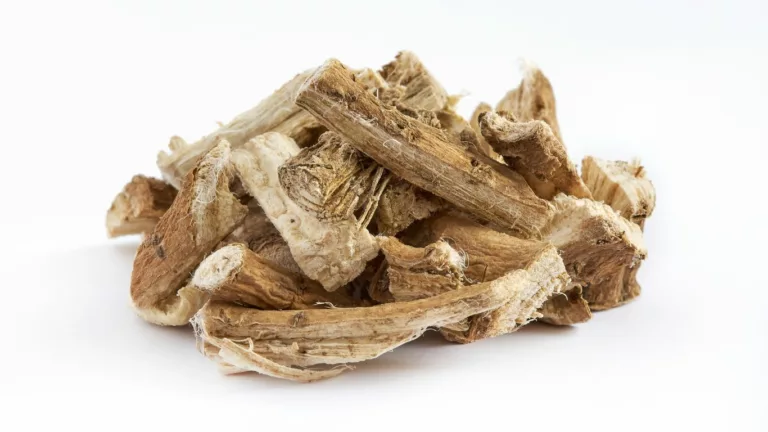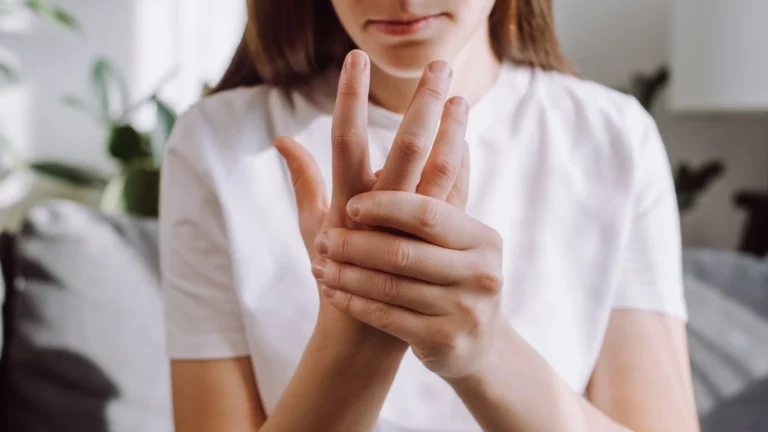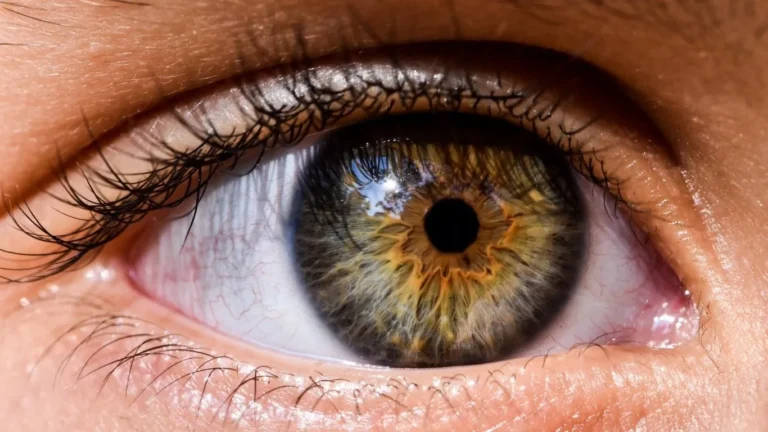Low Sodium Diet for Hypertension: A Complete Guide
Considering cutting back on sodium to manage your hypertension? This guide breaks down everything you need to know for a heart-healthy, low-sodium lifestyle!
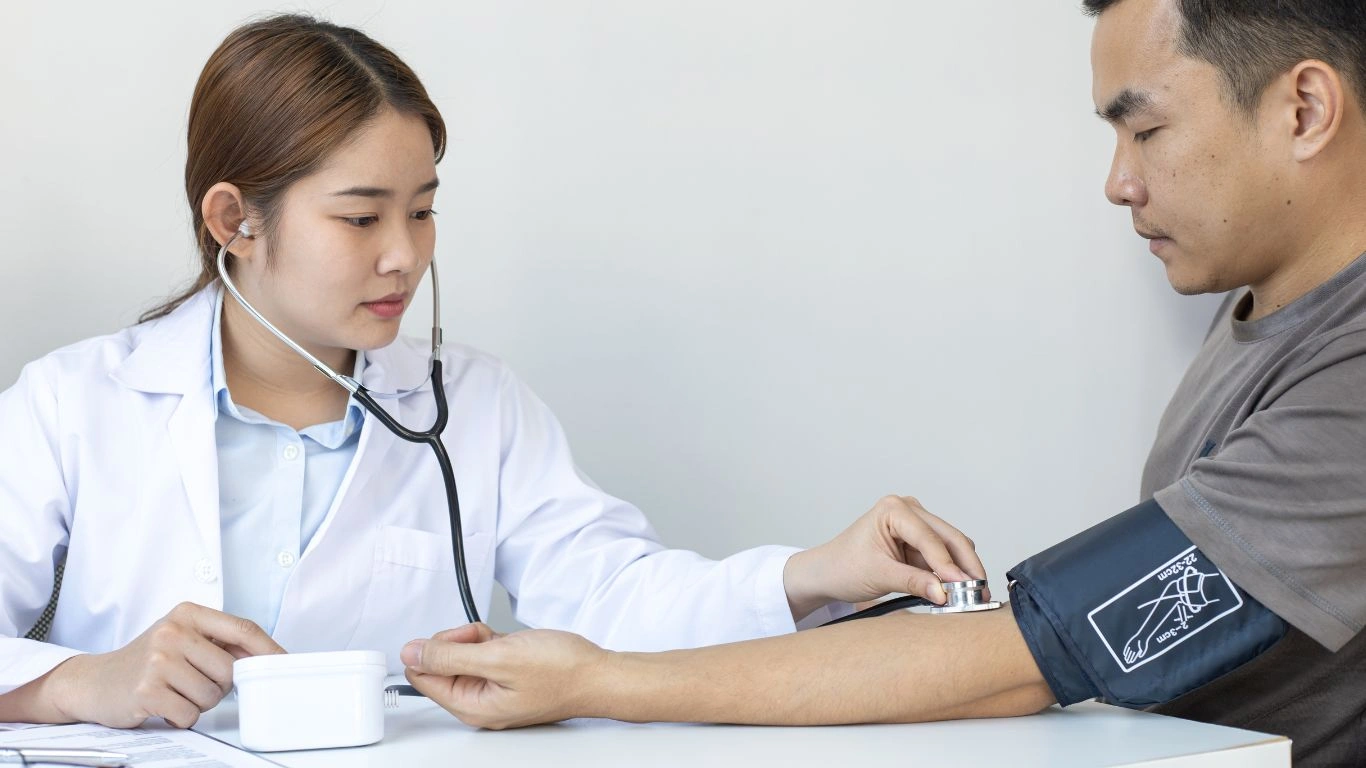
Why Lowering Sodium is Essential for Hypertension
Hypertension, also known as high blood pressure, is a common condition that can lead to serious health issues like heart disease and stroke. One of the most effective ways to manage hypertension is by reducing sodium intake. Sodium makes your body hold onto water, increasing the volume of blood in your blood vessels, which raises blood pressure. By lowering your sodium intake, you can help reduce this pressure and support your heart health.
Foods to Avoid on a Low Sodium Diet
Not all foods are created equal when it comes to sodium content. Here are some high-sodium foods to steer clear of:
1. Processed and Packaged Foods
Foods like chips, canned soups, and frozen dinners are often loaded with sodium for preservation and flavor enhancement. Instead, opt for fresh, unprocessed options.
2. Restaurant and Fast Foods
Meals from restaurants and fast-food chains can be high in hidden sodium. Even dishes that don’t taste salty might pack a significant sodium punch.
3. Salty Snacks
Avoid snacks like pretzels, salted nuts, and popcorn with added salt. Choose unsalted versions instead.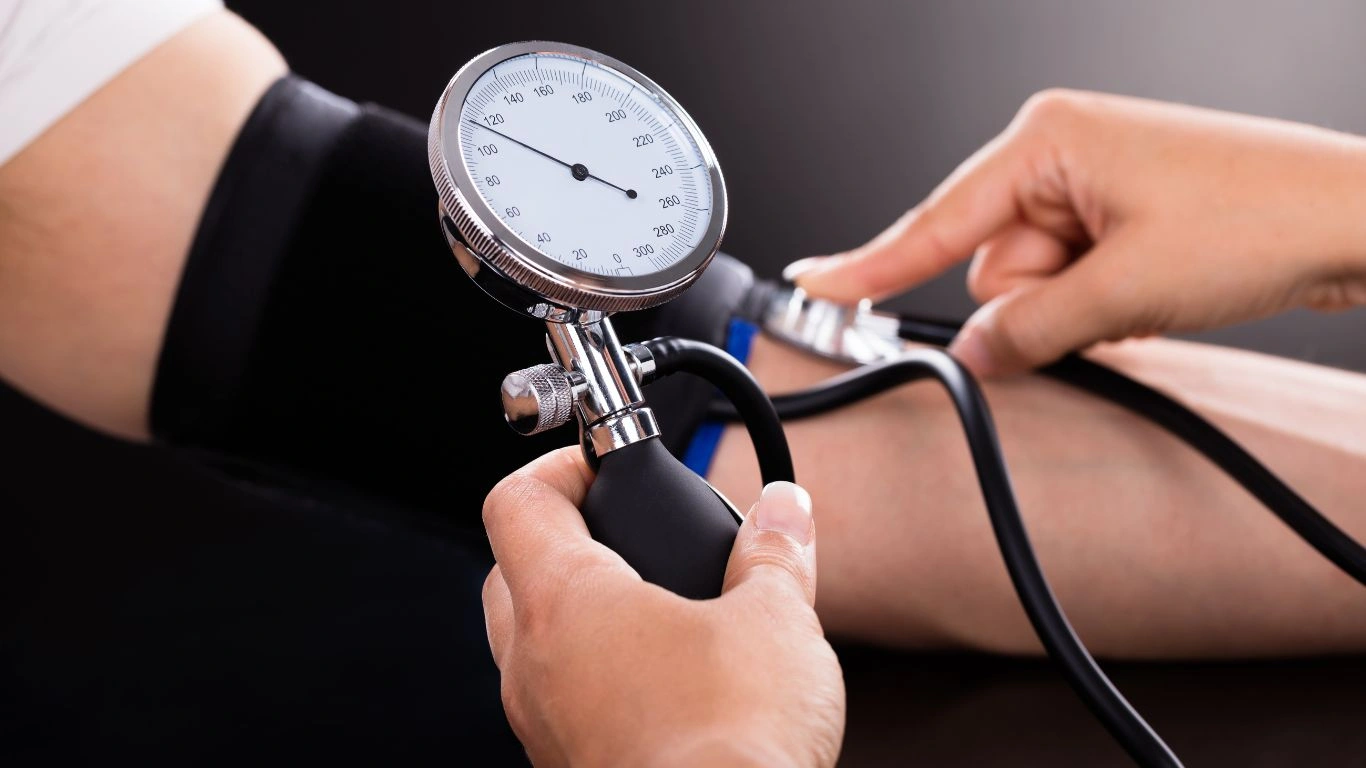
Low Sodium Alternatives
Living a low-sodium lifestyle doesn’t mean sacrificing flavor. Here are some tasty alternatives:
1. Herbs and Spices
Replace salt with herbs and spices like garlic powder, oregano, and paprika to add depth to your dishes.
2. Low-Sodium Versions
Many brands offer low-sodium or no-salt-added versions of popular foods like broths, sauces, and snacks.
3. Fresh Ingredients
Cook with fresh ingredients to control sodium levels in your meals.
Tips for Adopting a Low Sodium Diet
Changing your eating habits can be challenging, but these tips can help:
1. Read Labels
Check the nutrition labels for sodium content. Aim for less than 140 mg per serving.
2. Cook at Home
Preparing meals at home allows you to control the ingredients and reduce hidden sodium.
3. Rinse Canned Foods
Rinse canned beans and vegetables to remove excess sodium.
Conclusion
Managing hypertension with a low-sodium diet is entirely doable with the right knowledge and planning. By avoiding high-sodium foods, opting for healthier alternatives, and incorporating practical tips into your routine, you can take significant steps towards better heart health and overall well-being.
Appendices
References
- American Heart Association. (2023). Sodium and Your Heart. Read Article
- World Health Organization (WHO). (2024). Global Sodium Reduction Strategies. Read Article
- National Institutes of Health (NIH). (2023). Dietary Approaches to Stop Hypertension (DASH) Diet. Read Article
FAQs
- What foods are high in sodium? Processed foods, fast foods, and salty snacks are typically high in sodium.
- How much sodium is safe to consume daily? The American Heart Association recommends consuming no more than 2,300 mg of sodium per day, with an ideal limit of 1,500 mg for most adults.
- Can I still eat out on a low-sodium diet? Yes, but choose dishes with fresh ingredients and ask for sauces or dressings on the side to control sodium.
- Is sea salt better for hypertension? Sea salt has the same sodium content as table salt, so it should also be limited if you have hypertension.
- What are some low-sodium snacks? Unsalted nuts, fresh fruits, and veggies with hummus are great low-sodium snack options.
Disclaimer: The information provided is for educational purposes only. Always consult a healthcare professional for personalized dietary advice, especially if you have hypertension or other health conditions.

Dr. Gwenna Aazee is a board-certified Internal Medicine Physician with a special focus on hypertension management, chronic disease prevention, and patient education. With years of experience in both clinical practice and medical writing, she’s passionate about turning evidence-based medicine into accessible, actionable advice. Through her work at Healthusias.com, Dr. Aazee empowers readers to take charge of their health with confidence and clarity. Off the clock, she enjoys deep dives into nutrition research, long walks with her rescue pup, and simplifying medical jargon one article at a time.


